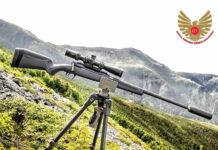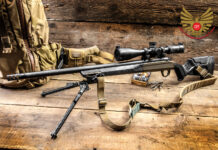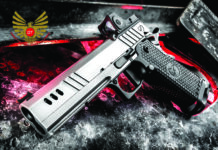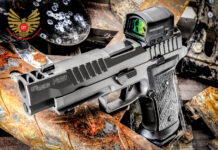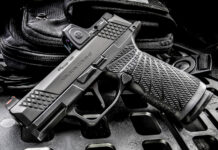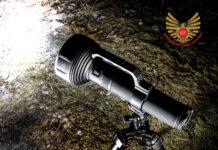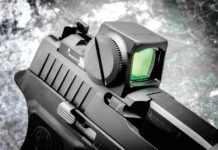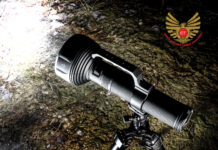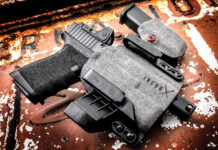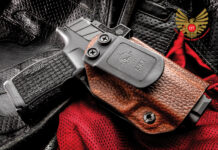Trijicon RCR
By: Dave Bahde
A closed-emitter red-dot that’s that specializes in every-day-carry punishment
Trijicon introduced its closed emitter version of the RMR, the RCR, along with the RMR HD in mid-2023 with their typical matter-of-fact fanfare. Customers had been clamoring for both, and while it took some time, Trijicon came through in a big way. While they didn’t answer all of the critics, they did most, and I, for one, was especially eager to take a look at the closed emitter RCR. While a closed-emitter optic is not a requirement for everyone, for many, closed-emitter red dots have some distinct advantages.
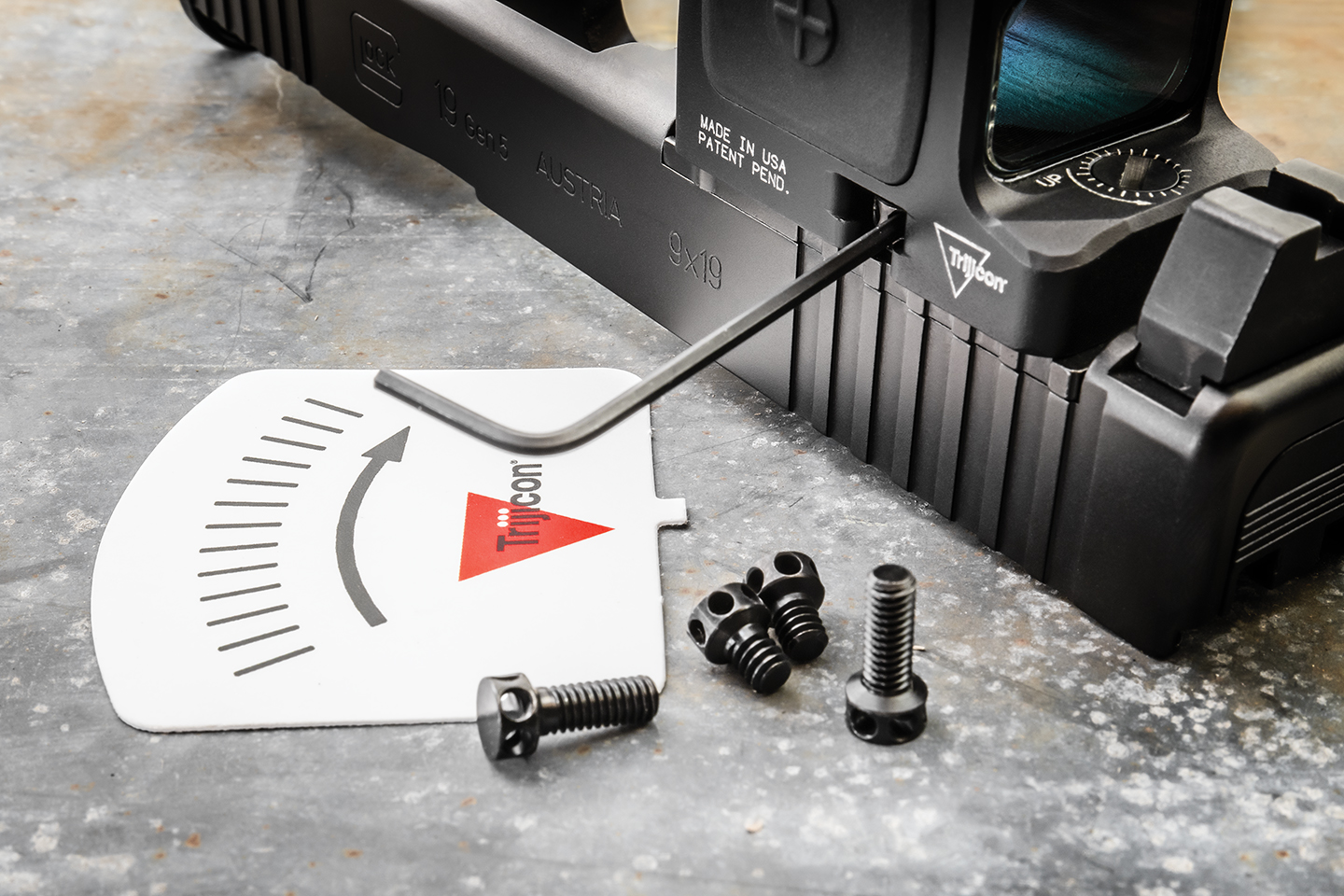
One of those advantages is in a concealed-carry application, where dust, dirt, lint, french fries, and a host of other potential foreign debris can make their way into the lens pocket and emitter area, wreaking havoc on your sight picture at the least ideal time. As the name implies, a closed emitter optic takes this issue out of the equation.
The RCR has a total of 10 brightness settings, with the ability to lock in the setting of your choice. Unlike the standard RMR, which requires optic removal for a battery change, the RCR’s battery compartment sits on top of the optic, making battery swaps quick and painless.
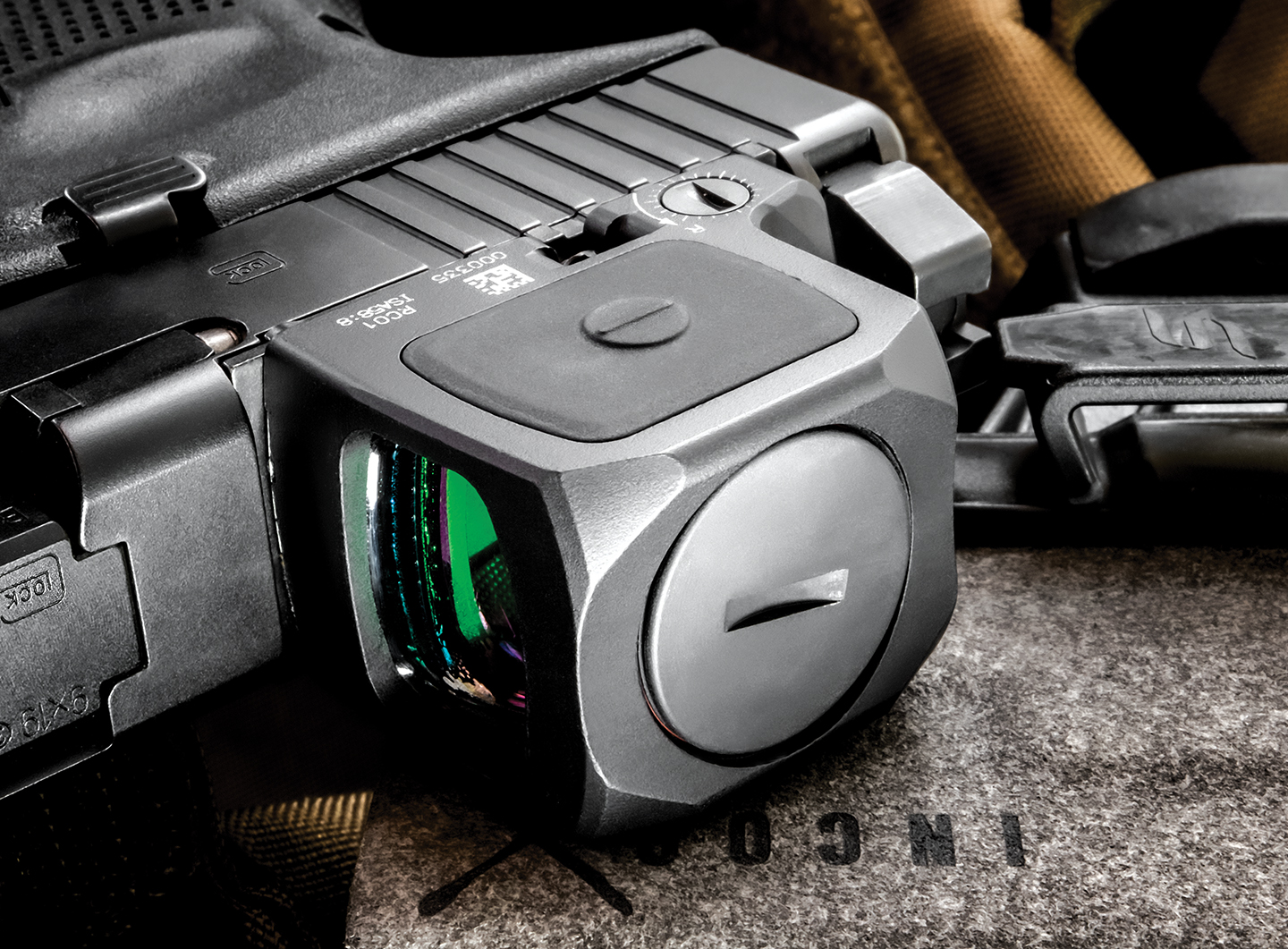
Mounting
The fact that the RCR mounts to the RMR footprint is a big deal in and of itself. I have several pistols set up for an RMR, and — like many — I was not looking to add to the box of adapter plates I have kicking around. The RCR’s footprint mounted up nicely to a couple of Wilson Combat pistols, my Staccato, and the Glocks I own that are cut for an RMR.

Speaking of mounting, the RCR attaches to your pistol in a patented and unique manner. Instead of running standard screws down through the top of the optic housing, a set of capstan screws are used to clamp the RCR to the pistol from a slotted opening on either side of the optic’s base. Screws, after applying blue Loctite, are tightened via the drilled holes in their heads by using a 1/16” Allen key as leverage. A torque diagram is included to prevent over-torqueing. It’s a clever workaround in order to maintain the strength and integrity of the RCR’s 7075-T6 hard-coat anodized aluminum body, allow more room for its electronic package, and permit a top-mounted battery.
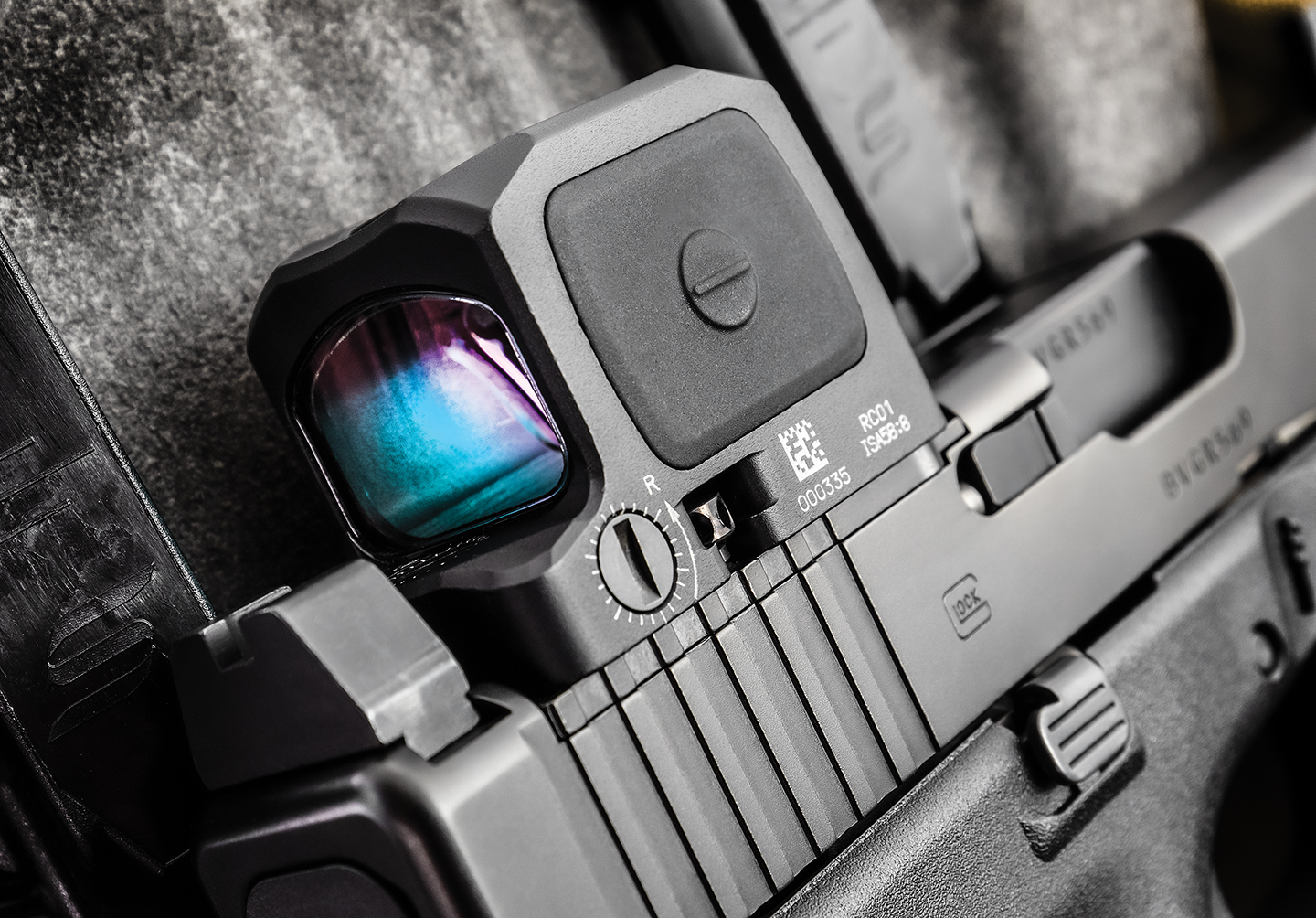
Range Time
Testing was completed on a box-stock G19 with only some suppressor-height sights added for a co-witness sight picture. The included screws fit the MOS plate perfectly. The other plates I had were a different thread pattern, something to note if you are using an aftermarket plate. The RCR stayed put throughout testing, with no signs of the mounting screws working loose.
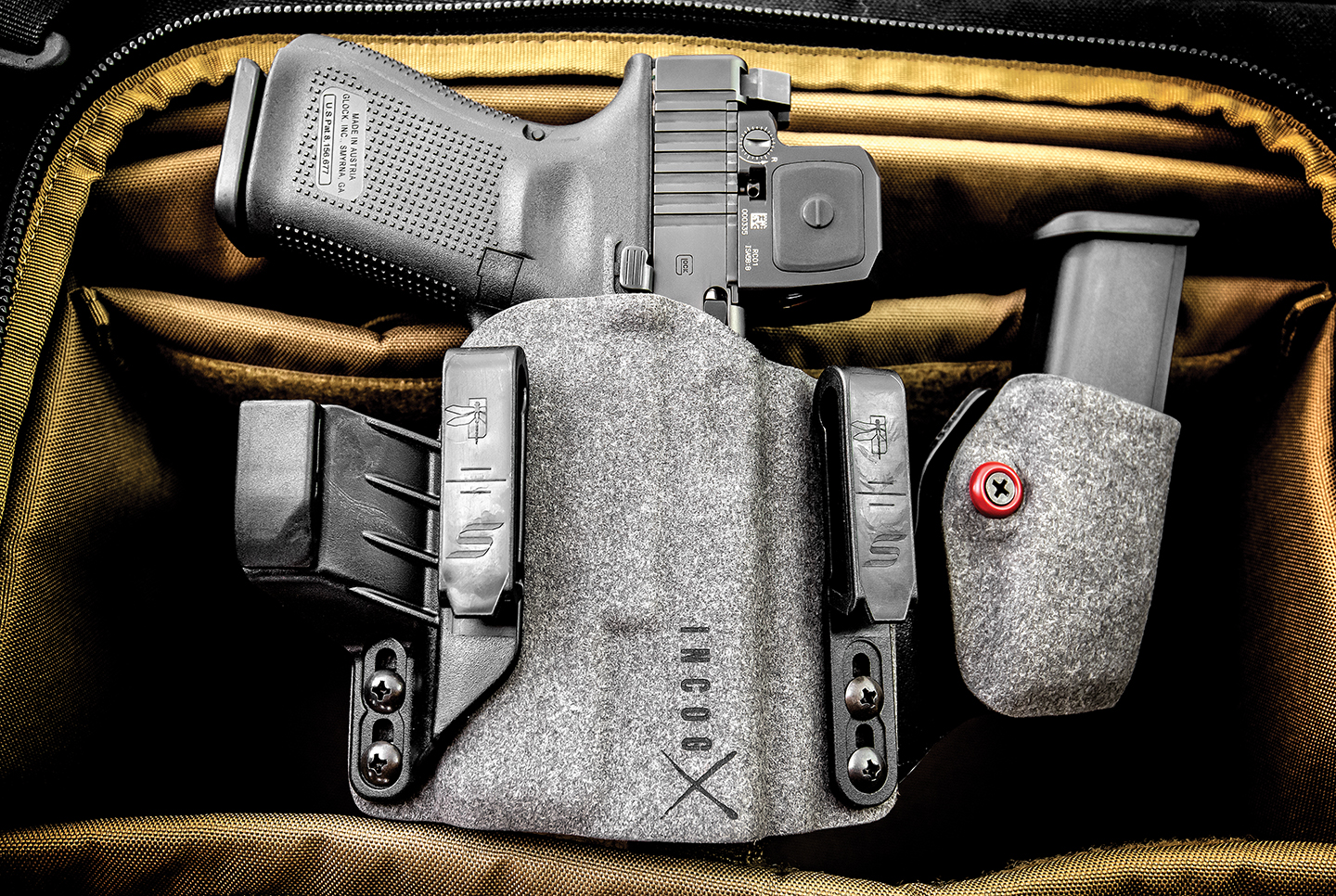
When compared side-by-side with the standard RMR, the sight window of the RCR seemed a little taller. I’m not sure if this was a contributor or if it was the shape of the sight body itself, but the RCR’s dot was easier for me to pick up upon presentation than that of an RMR. The dot was crisp and concentric with my prescription glasses and pretty clear without. The optic’s body does take up a little more space at the rear than the RMR, but having a top-mounted battery as a consolation is a huge bonus. It fit every holster I have for the RMR, including my Safariland duty rig and Safailand’s new Incog X AIWB holster, with no alteration needed. That was also true of my Wilson Combat EDC X9 using their mounting system. Zeroing is simple, with no special tools required, and the RCR held its zero throughout testing.
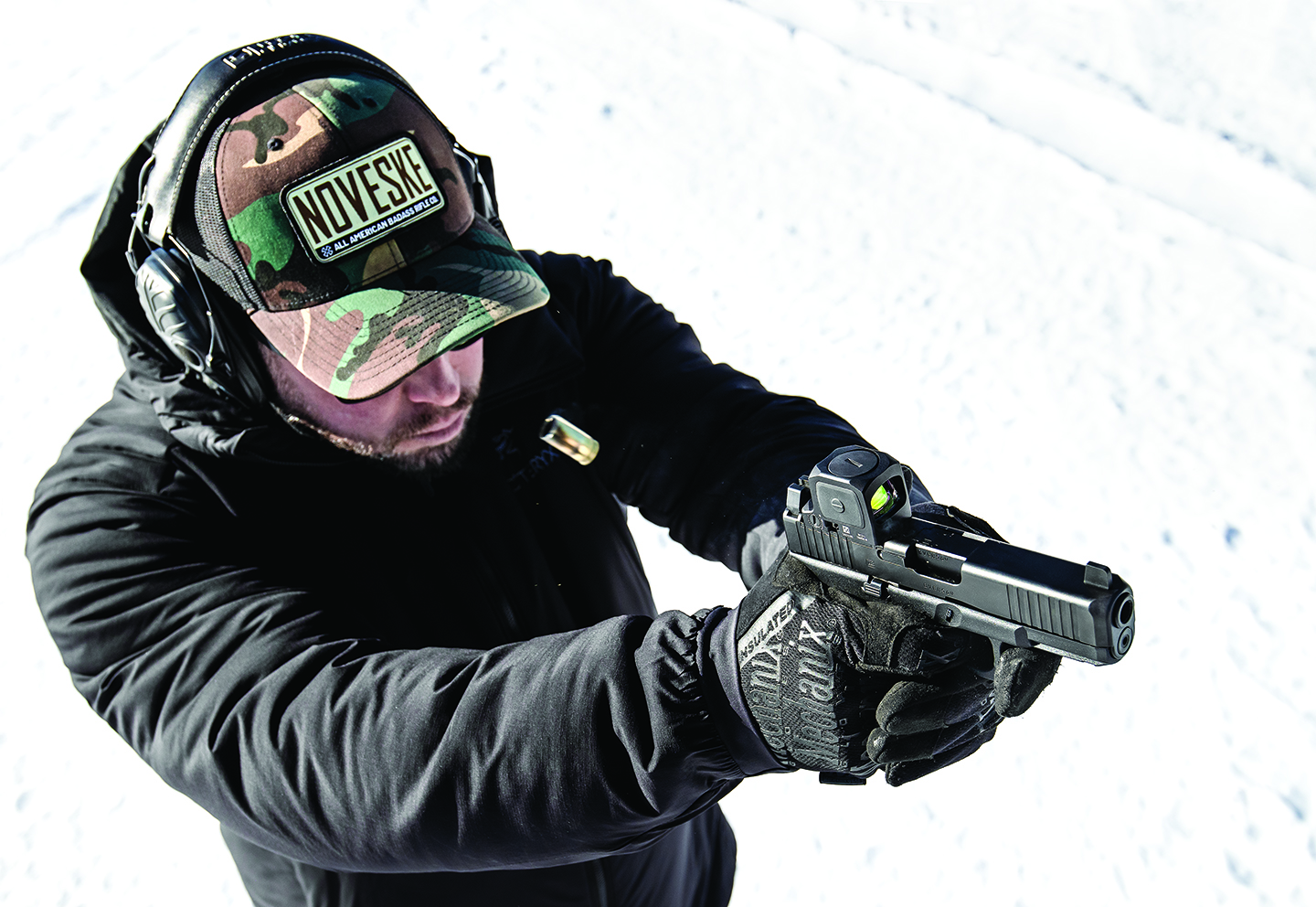
Bottom Line
I am a fan and will likely be adding more RCRs into the mix. Mounting can be a bit tricky with some aftermarket RMR plates, but it looks like a few places are making plates with the 6/32 threads. Once mounted, it checks all the boxes for a rugged closed-emitter red-dot sight that is roughly the same size as an RMR and every bit as rugged. See the RCR at your nearest Trijicon dealer, or for more information, contact Trijicon; Tel.: (800) 338-0563; Web: www.trijicon.com

